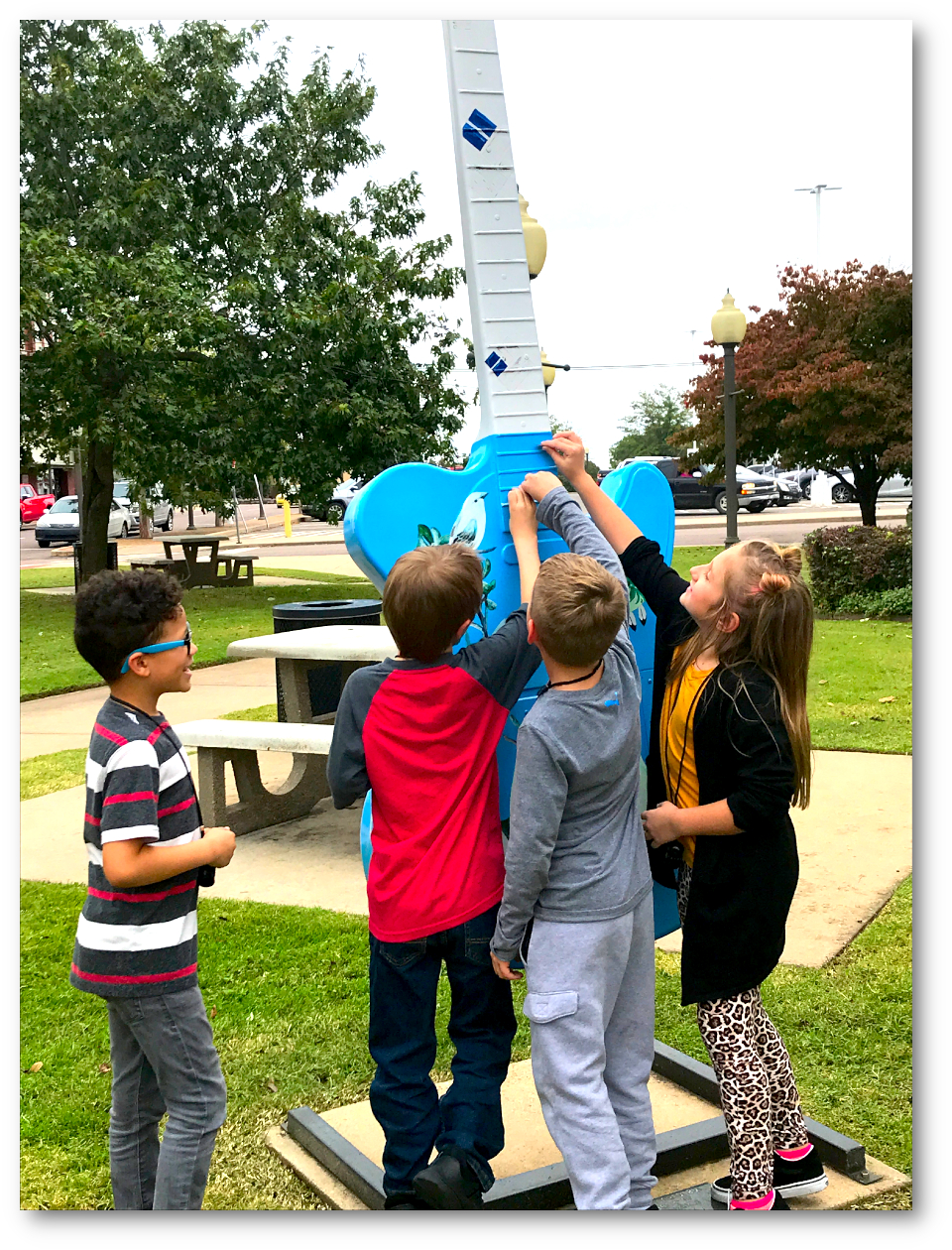 Welcome to the Oklahoma School for the Blind!
Welcome to the Oklahoma School for the Blind!
Established in 1897, OSB is a fully accredited school that offers a complete educational program, tuition free, for blind and visually impaired students from pre-school through high school.
Instruction is provided in traditional academic subjects, as well as orientation and mobility, Braille, independent living skills and assistive technology.
Students at OSB participate in electives including wrestling, cheerleading, and band. We have also partnered with the Indian Capitol Technology Center for those students who wish to recieve training in the idustrial arts.
OSB is the only school of its kind in Oklahoma designed specifically for the needs of pre-k and K-12 students who are blind or visually impaired.
Our History
The Oklahoma School for the Blind was truly a pioneer institution. In 1897 Miss Lura A. Rowland, a graduate of the Arkansas School for the Blind and "a frail wisp of a girl," solicited funds and undertook to establish a school for the blind children of Indian Territory at Fort Gibson, Oklahoma. She operated the school without any government assistance for ten years, though there are reams of correspondence indicating she implored governors, congressmen, and other public officials to assist her struggling organization. She did present a case sufficient to be permitted the use of the old Barracks Building to house her school. Concurrently, a Territorial School for the Deaf had been established in Guthrie in 1897 under a five-year contract to care for deaf children under boarding school regulations.
Miss Rowland traveled all over Indian Territory, appearing before the various tribal councils, presenting her needs. Since few Native Americans were blind until Europeans brought diseases causing blindness to the tribes, there was not the acceptance that might have been the case otherwise. During the first four years the institution was supported solely by contributions from the people of the Indian Territory and sympathizing states. In 1900 the Choctaw and Cherokee Nations each made appropriations for the education of blind Choctaw and Cherokee children. Repeated but unsuccessful efforts were made to have Congress aid the school through the Bureau of Indian Affairs. In 1907 the school became a state-supported institution. For "reasons variously stated," it was moved to Wagoner but soon returned to Fort Gibson.
Miss Rowland, now Mrs. Lowrey, had used her own resources, begged for furniture, and convinced other teachers it was their patriotic duty to help her with her project. In addition, schools from various parts of the United States had helped her from time to time. So frugal was her operation that her financial statement upon her retirement indicated that she had operated the school the first ten years on a total of $15,048.44, besides contributions by various persons, including herself. In those ten years she had held eleven school terms from six weeks to nine months long for a total enrollment of fifty pupils.
Oklahoma's first legislature appropriated $5,000 on May 29, 1908, for the maintenance of the "Lura A. Lowrey School for the Blind," and provided in the same act that the school be under the control of the State Board of Education. As a state institution the school was supported by legislative appropriations, varying from twenty to thirty thousand dollars yearly. A headline in the Muskogee Times-Democrat March 11, 1911, read: "Perry Miller Saves Blind School." Miller had authored a bill in the State House of Representatives to move the Oklahoma School for the Blind. Slid Garrett of Fort Gibson had introduced a similar bill in the State Senate. Mr. Miller knew that if the school was not moved to Muskogee, it would be moved to Tulsa. It remained in temporary quarters at Fort Gibson until June, 1913, when the fourth legislature acted to move it to Muskogee, Oklahoma.
Upon moving the school to Muskogee in 1911, first in a couple of temporary locations locally, the state began construction on several beautiful buildings of English architecture with steep roofs. The tornado of 1945 destroyed most of those roofs, demolished the gymnasium, in which three girls were killed, and wounded several others. In the rebuilding, flat roofs replaced the originals.
The school is outstanding in the annals of education, and brave little Lura Lowrey deserves a great deal of credit for initiating and carrying on such a program. Helen Keller honored the school with a visit February 17, 1915 and was very complimentary of its administration. Superintendent Mrs. O.W. Stewart was voted into the Oklahoma Hall of Fame in 1943 as a result of the outstanding record of the school. When Richard Carter retired as superintendent of the school in June 1979, after being associated with the school since 1939, he had completed the longest tenure of any like position in the nation and was considered an authority in the care and the teaching of the blind.
